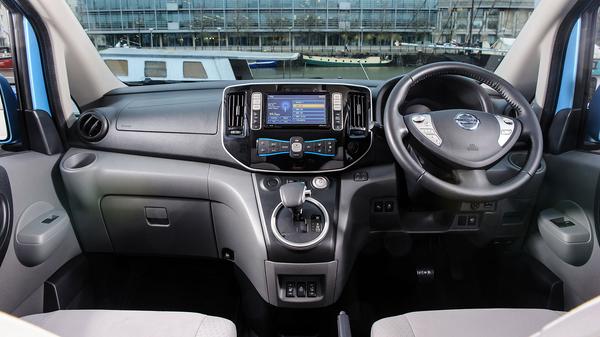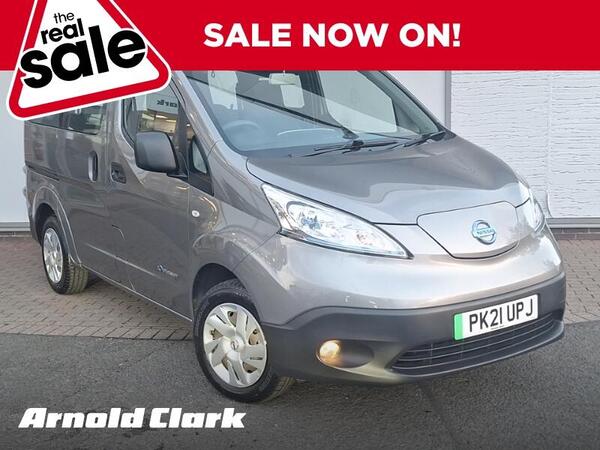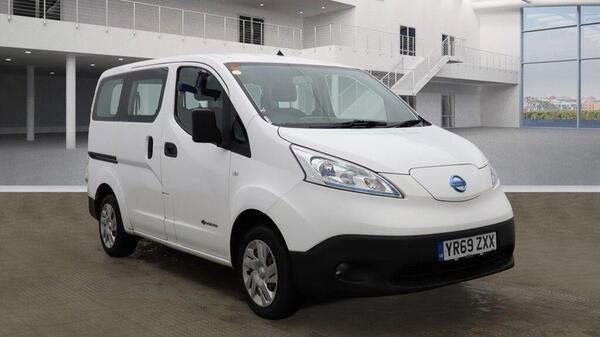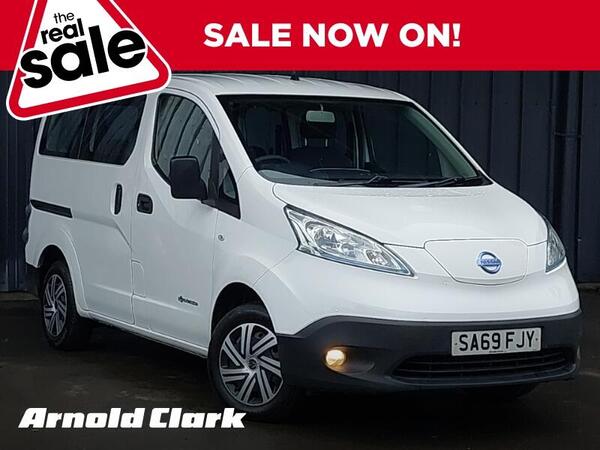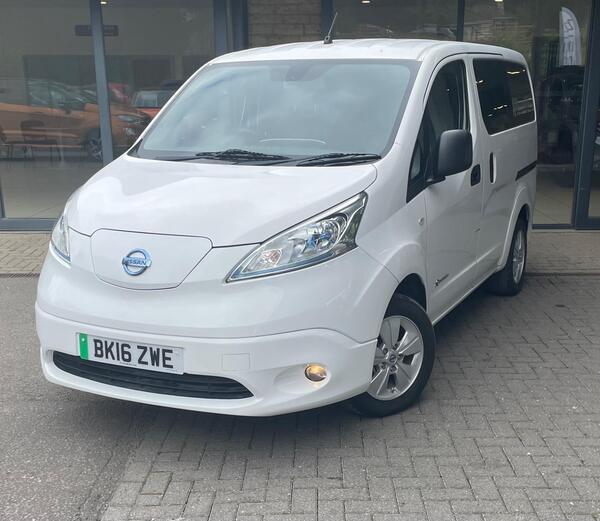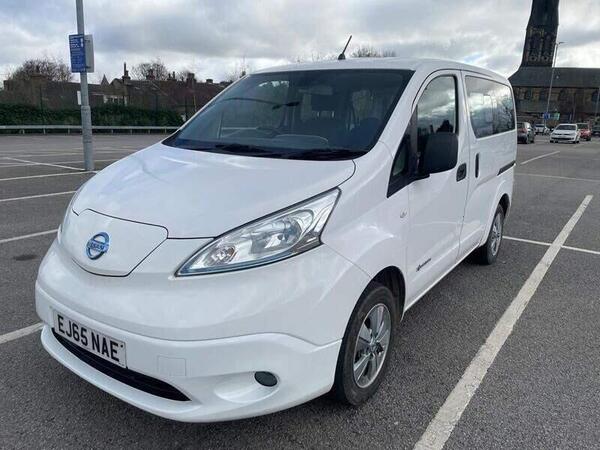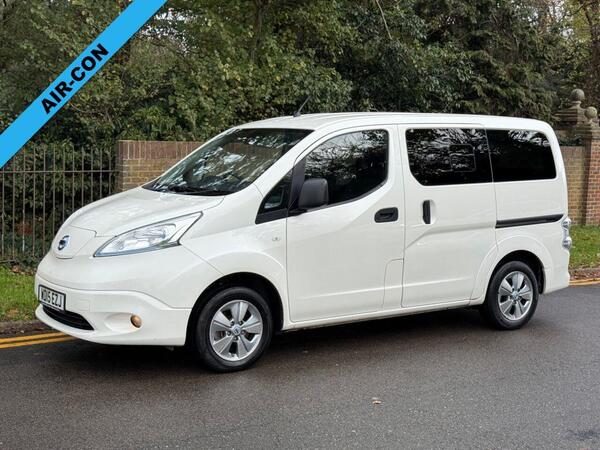Nissan e-NV200 MPV (2015 - ) Electric review
Looking for an all-electric seven-seater MPV? Well, you’d better hope the Nissan e-NV200 is the car for you, because it’s the only one (short of very expensive Teslas) on the market.
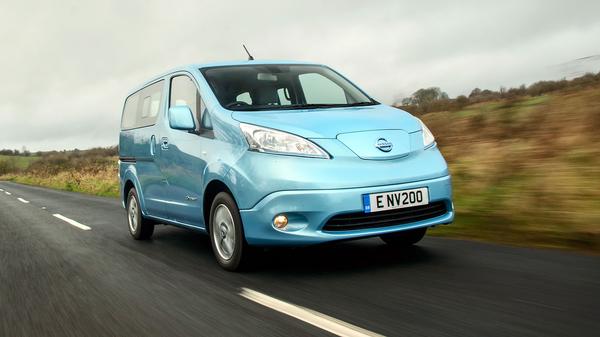

Words by: Ivan Aistrop
Published on 19 September 2018 | 0 min read
The Autotrader expert verdict:
The Nissan e-NV200 has a unique appeal, being pretty much the only all-electric seven-seater MPV you can buy (that isn't Tesla money, that is). However, it’s neither the best electric car going, nor the best seven-seat MPV. If it’s not essential that you have that particular cocktail of abilities, other electric cars – or other MPVs, might well suit you better.
Reasons to buy:
- Lots of space and up to seven seats
- Low running costs
- Good for the planet
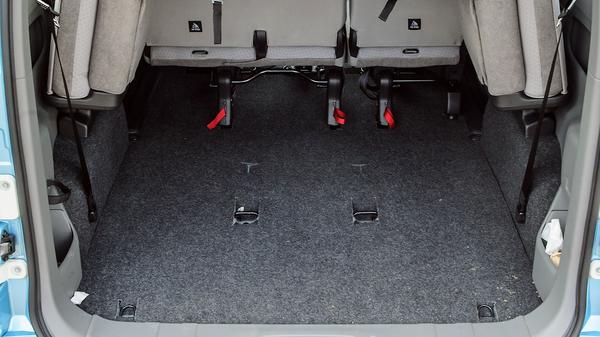
Why buy?
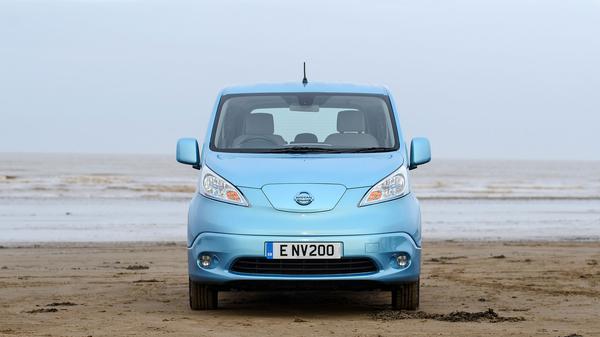
How good does it look?
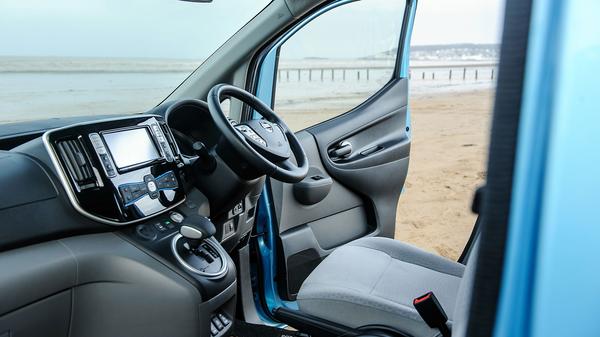
What's the interior like?
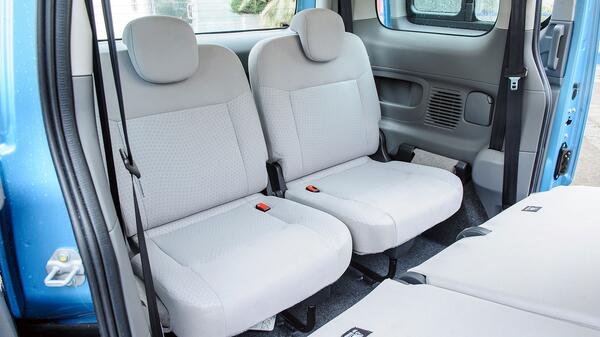
How practical is it?
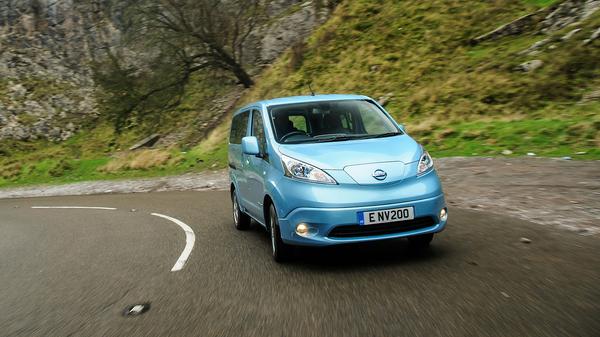
What's it like to drive?
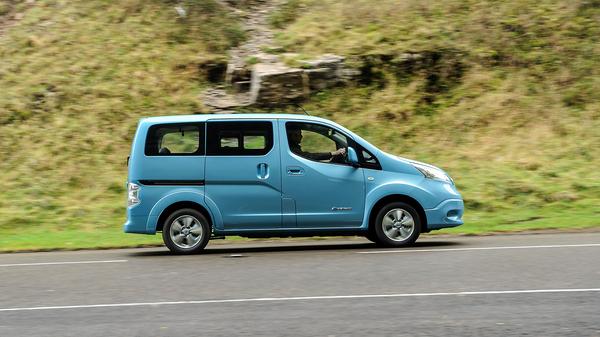
How powerful is it?
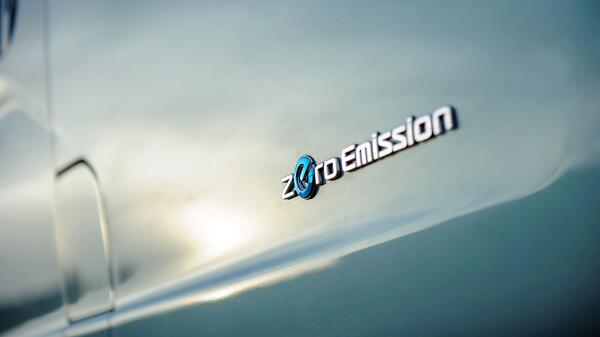
How much will it cost me?
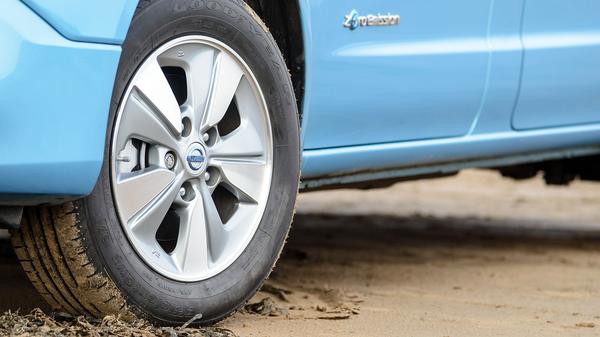
How reliable is it?
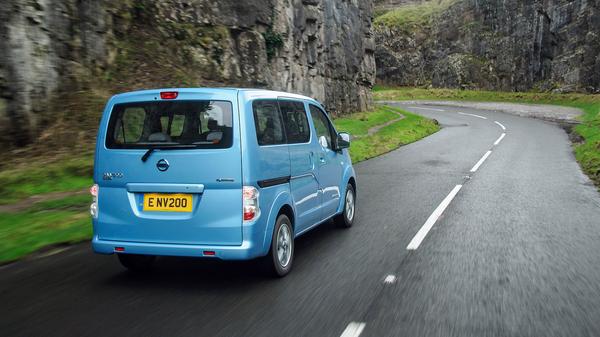
How safe is it?
